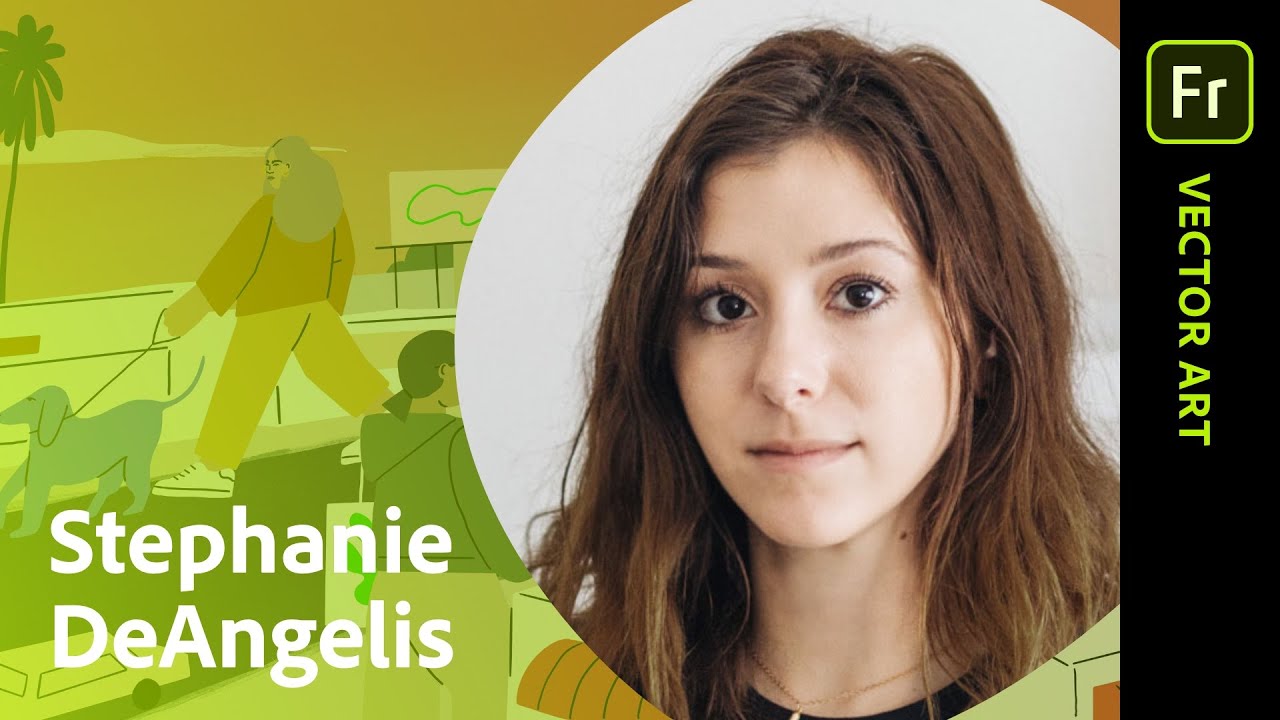
Sharing Your CreationsĪdobe Fresco has pretty straightforward export options. As a teacher, you could potentially photograph content, import, and directly draw on top of it, for example. I did really like that you can directly open your camera from Fresco, and then import. There is also the ability to Import content, right from the tools. This is a standard action that will be familiar to those who have used Procreate. Instead, tap and hold on a color in your document to "pick up the color". The Eyedropper is used to select color, but I found myself rarely using it. Tap to add a fill color-the color currently active. Simply tap and drag-this was quite straightforward and easy to use. The Selection Tools are used to select a specific area. You can use the Move Tool to move your work, as well as flip content horizontally or vertically. The line on the left is drawn with the Eraser tool, while the line on the right is drawn with the Pixel Brush Tool, using the Touch Shortcut. You can "Erase with Brush", but I found this to be confusing-you don't use the Eraser to erase like this.įor example, if I want to erase with a soft round brush, I have to, instead, go to the Pixel Brush Tool, select my soft round brush, and then tap and hold the Touch Shortcut while drawing-a circle on the screen that can be used to alter how some tools behave. The Eraser surprised me, because I expected to have the same Brush Options as the other brush tools. Not a deal breaker, but it's something that would have been nice. However, there's no editing these vector lines with something like anchor points. Still, the five here are pretty versatile. There are five different brushes to choose from, which did feel a little odd to me. The Vector Brushes are rather nice too! It's really simple to just dig in and create some really lovely, clean, vector lines.


You've got Watercolor and Oil brushes, 11 brushes total. I'd say that this, right here, is probably one of Fresco's coolest features. This isn't the way I usually draw, digitally, but it was a lot of fun to play with. The way the colors bleed and run into each other really feels as if you're working with paint. I had a lot of fun trying out the watercolor brushes, in particular. Live Brushesįresco also has Live Brushes-and they're really cool.
ADOBE FRESCO ANIMATION TUTORIAL FULL
The Cezanne and Impressionist brushes were particularly fun and full of personality. They have beautiful textures, and the sensitivity felt on point, without any adjustments-I didn't have to tweak anything there to create really beautiful lines and textures. The Pixel Brushes that come with Fresco, however, are lovely. I can't remove any brushes I've imported within the app either-and it seems like I'm not the only one out there having that issue. Doesn't seem like there's any sorting or reordering things, at this time. Your imported brushes are listed as "Library Brushes" at the bottom of your available Pixel Brushes. I do a lot of drawing in Photoshop, so I was really excited at the prospect of having all of my usual Photoshop brushes on my iPad.īelow, I've tested out one of the ink brushes, and I've doodled an apple with some of the sketch brushes. Pixel Brushes are your standard raster brushes, very much like those in Photoshop. You can find the tools, by default, on the left-hand side of the visible work area. how did my first date with Fresco go? Let's take a look at the tools themselves. I wanted Fresco to be an awesome application that I fell in love with. I spent some time just casually sketching, and it did feel really natural and comfortable. I really enjoy many of the "out the box" brushes. My first impression of Adobe Fresco was generally optimistic. Introduction to Adobe Fresco (and How It Compares to Procreate!)ġ. A Tour of Adobe Fresco First Impressions


 0 kommentar(er)
0 kommentar(er)
